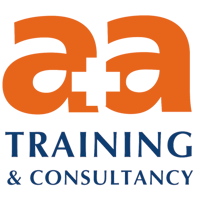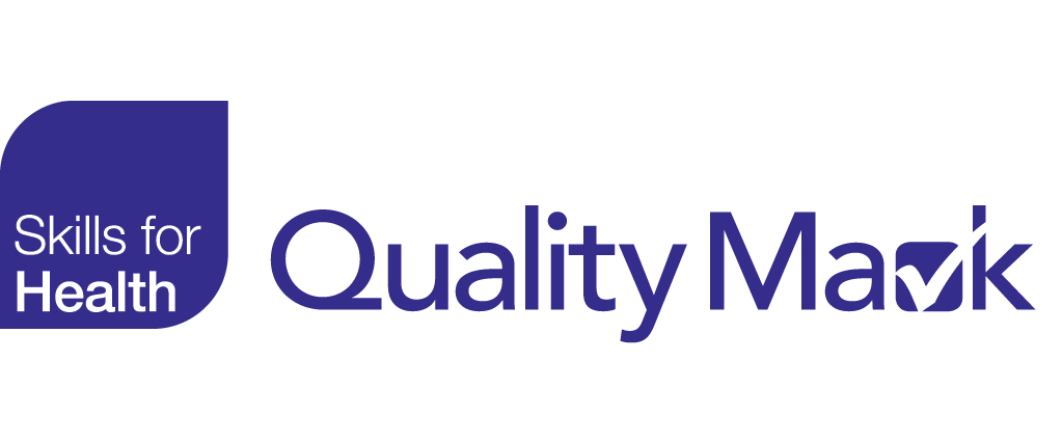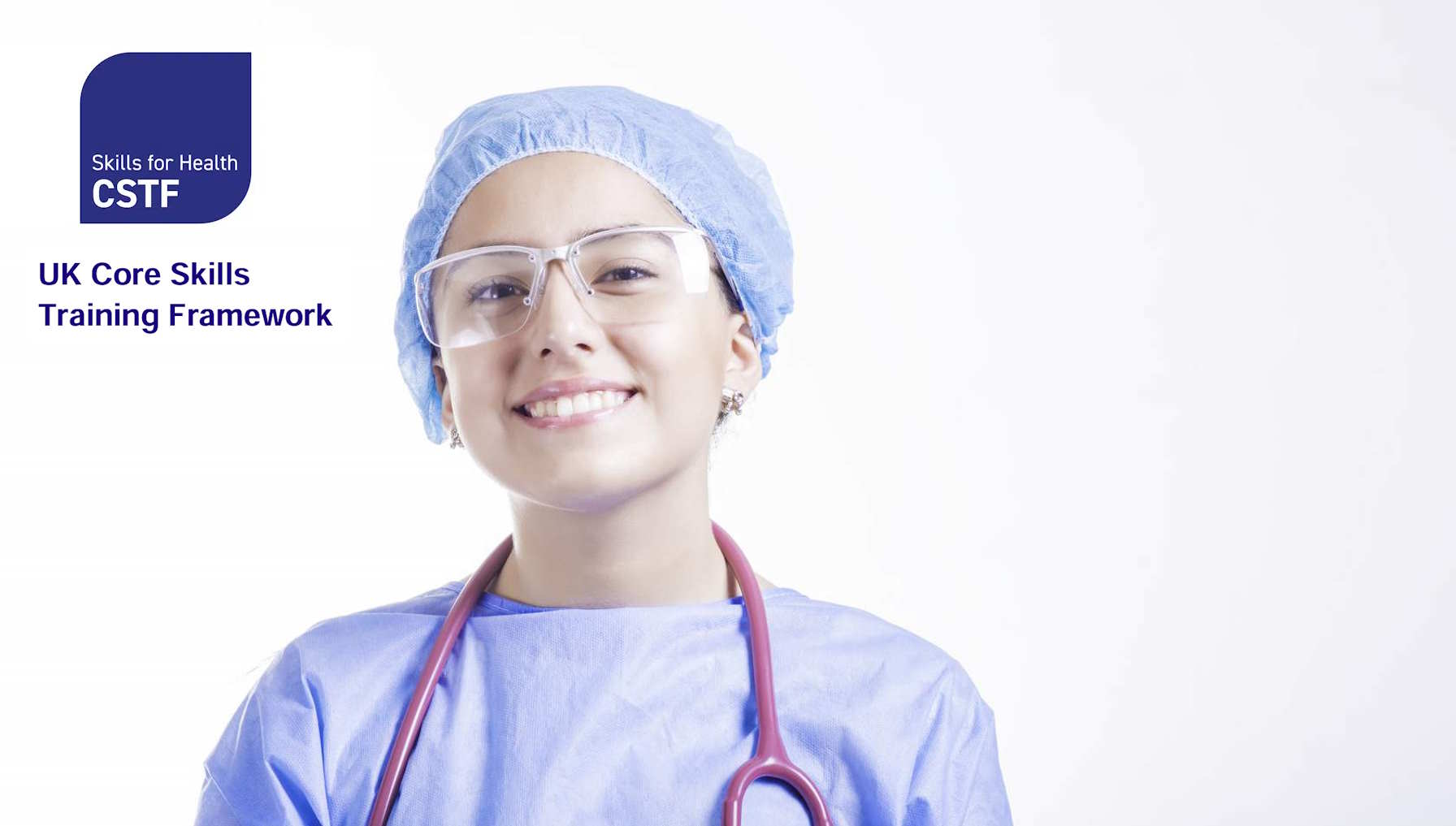Accredited Mandatory Training for Healthcare & Corporate Sectors
A&A Training & Consultancy delivers Mandatory Training courses aligned with the UK Core Skills Training Framework (CSTF), ensuring compliance with NHS, CQC, HSE, and workplace regulations. Our training covers essential workplace skills, ensuring healthcare professionals, corporate employees, and public sector workers remain up to date with legal and safety requirements.
We offer flexible training options, including face-to-face, blended learning, and e-learning packages, allowing organizations to tailor training to their workforce needs.
Our Mandatory Training courses cover a range of essential topics, including:
- Equality, Diversity & Human Rights – Understanding workplace inclusivity and equal opportunities.
- Health, Safety & Welfare – Meeting HSE Health & Safety at Work Act requirements.
- Conflict Resolution – Strategies for handling workplace disputes and aggression.
- Fire Safety Awareness – Understanding fire hazards and emergency procedures.
- Infection Prevention & Control (Levels 1 & 2) – Reducing risks of infection spread in the workplace.
- Moving & Handling (Levels 1 & 2) – Safe techniques to prevent musculoskeletal injuries.
- Safeguarding Adults (Levels 1 & 2) – Recognizing and responding to vulnerable adult concerns.
- Safeguarding Children (Levels 1, 2 & 3) – Child protection responsibilities for professionals.
- Basic Life Support (BLS) with AED – Essential CPR and defibrillator training for emergency response.
- Information Governance & Data Security – Ensuring compliance with GDPR and NHS Digital guidelines.
Who Needs Mandatory Training?
- Healthcare professionals (NHS & private sector)
- Care home & domiciliary care workers
- Corporate & office employees
- Education sector staff & childcare providers
- Public sector & emergency service professionals
Whether you’re a CQC-regulated organization, an NHS Trust, or a private business, our training ensures full compliance with UK regulations.
Why Choose A&A Training & Consultancy?
- Meets NHS, CQC, HSE & Workplace Compliance Requirements
- Expert Trainers with Real-World Experience
- Flexible Learning – E-Learning, Blended & Face-to-Face Training
- Ensure your workforce is fully compliant! Contact us today to book your mandatory training course.
Useful Links
👉 First Aid at Work Training → “Keep your workplace safe with our First Aid at Work Training.”
👉 Clinical Skills Training → “Develop hands-on expertise with our Clinical Skills Training for healthcare professionals.”
👉 Complex Care Training → “Enhance patient care with our Complex Care Training covering spinal injuries, bowel management, and autonomic dysreflexia.”
👉 UK Core Skills Training Framework (CSTF) Standards → “View official CSTF Subject Guide.”
Further Information
Please contact us if you would like more information about our courses, or if you would like to discuss your training needs.


